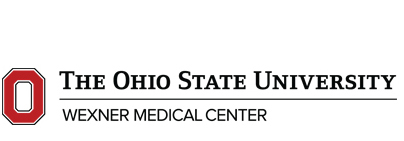
(COLUMBUS, Ohio) – For the millions of people suffering from a neurological condition, the devastating effects have long been believed to be irreversible. But a discovery by researchers at The Ohio State University Wexner Medical Center provides new hope for recovery from degenerative neurological diseases — such as ALS and multiple sclerosis — as well as from damage caused by traumatic brain and spine injuries and stroke. Researchers examined a novel type of immune cell that not only prevents further damage of the central nervous system, but also reverses damage and restores function. Study findings are published in the journal Nature Immunology.
“This type of cell actually secretes growth factors to rescue dying nerve cells. It can also stimulate the surviving nerve cells to grow new fibers once they’re severed or damaged in the central nervous system, which is really unprecedented,” said Dr. Benjamin Segal, professor and chair of the Department of Neurology at The Ohio State College of Medicine and co-director of the Ohio State Wexner Medical Center’s Neurological Institute. “This can potentially lead to therapeutic breakthroughs for a wide range of conditions by repairing these nerve pathways.”
The next step is to harness this cell and grow it in a lab to enhance its healing effects. Researchers hope these cells can then be injected into patients to improve function and mobility and slow or stop degenerative decline.
“I treat patients who have permanent neurological deficits, and they have to deal with debilitating symptoms every day. So the idea of being able to restore neurological function and take that burden away from my patients is really amazing,” said Dr. Segal, who’s also director of Ohio State’s Neuroscience Research Institute. “There’s so much that we’re learning at the bench that has yet to be translated to the clinic, but I think there’s huge potential for the future.”








